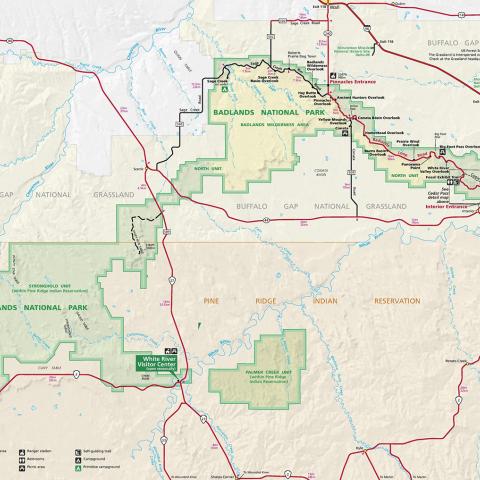
Over 7 tons of elk meat was donated to Feeding South Dakota from an elk research project at Wind Cave National Park this winter./Feeding South Dakota Photo
The first phase of a multi-year research project to reduce the prevalence rate of Chronic Wasting Disease found in the elk population at Wind Cave National Park was recently completed with seven tons of meat sent to a food bank.
CWD is a disease of the nervous system found in deer and elk. Working in conjunction with South Dakota Game, Fish and Parks and trained volunteers, park staff reduced the park’s elk population by 262 animals this winter.
“We’d like to thank South Dakota Game, Fish and Parks, South Dakota Sportsmen Against Hunger, Greater Dacotah Chapter of SCI (Safari Club International), Black Hills Sportsmen’s Club and the volunteers for their assistance in this project,” said acting park Superintendent Stephen Thede. “The volunteers worked with park staff in bitter weather conditions this winter to cull the elk population in an effort to address this destructive disease.”
The National Park Service partnered with GFP to distribute elk meat that had tested negative for CWD to Feeding South Dakota, an organization dedicated to eliminating hunger in the state. Also, the volunteers who worked an entire week on this operation received some of the elk meat. Only meat that tested negative for CWD was distributed.
“We are so grateful to Wind Cave National Park, South Dakota Game, Fish and Parks and South Dakota Sportsmen Against Hunger, Greater Dacotah Chapter of SCI and Black Hills Sportsmen’s Club for coming together to provide over 7 tons of high protein elk meat to help feed struggling families in South Dakota,” said Matt Gassen, CEO of Feeding South Dakota. “Due to the cultural significance of elk, a significant share of the meat harvested from Wind Cave was distributed throughout the nine Native American Reservations in South Dakota. This highly nutritious meat helped to provide a source of protein to hundreds of families in need.”
Scientists are seeking to determine if the park’s CWD prevalence rate is linked to the higher density of elk in the park. It is believed that by reducing the park’s elk population it will also reduce the prevalence of CWD. The effectiveness of this management action will be evaluated over the next several years to coincide with the lifespan of the disease in elk. This action is consistent with the range of options presented in the Wind Cave Elk Management Plan/ Environmental Impact Statement signed in 2009.




 Support Essential Coverage of Essential Places
Support Essential Coverage of Essential Places







Add comment